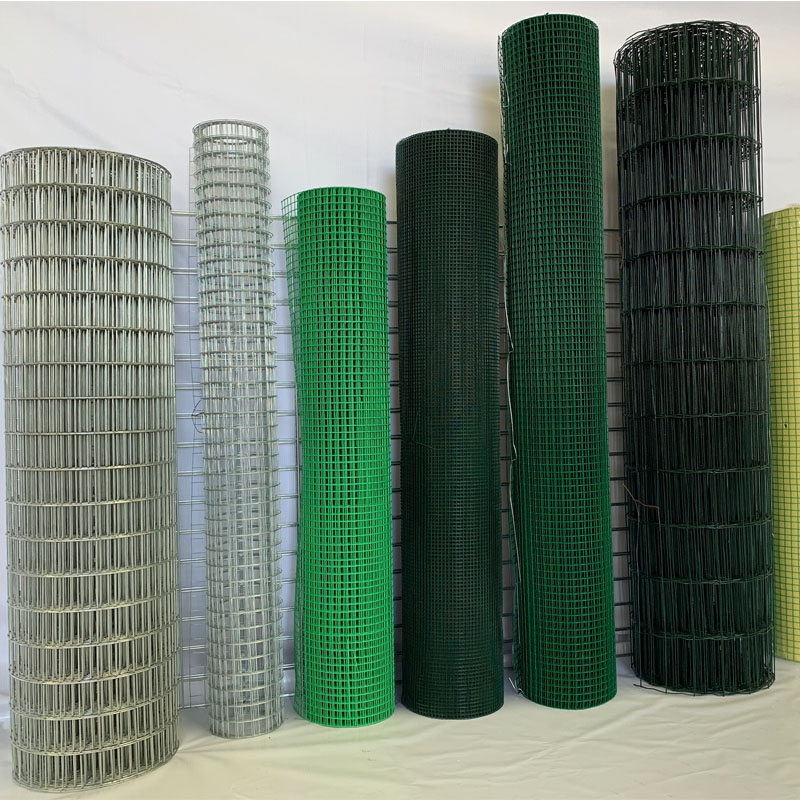different varieties of wire mesh screens for various applications
Understanding Different Types of Wire Mesh Screen
Wire mesh screens are versatile materials widely used across various industries for purposes ranging from filtration and reinforcement to safety and decorative applications. Their design and construction can significantly impact the performance of the product in its intended use. This article will explore different types of wire mesh screens, emphasizing their unique properties and applications.
1. Woven Wire Mesh
Woven wire mesh is perhaps the most recognized type of wire screen. Made by weaving wires together in a patterned grid, this form of mesh can be constructed from various materials including stainless steel, aluminum, and brass. The openings in the mesh can be adjusted according to the specific requirements of the application, making it ideal for filtration processes, where it helps separate solids from liquids or gases. Common uses include oil and gas industries, food processing, and water treatment facilities.
2. Welded Wire Mesh
Welded wire mesh is manufactured by welding the intersections of vertical and horizontal wires, creating a rigid structure. This type of mesh is known for its strength and durability, making it suitable for construction projects, fencing, and reinforcement in concrete applications. It is also widely employed in agricultural settings to create enclosures for livestock or crops. The uniformity of welded wire mesh allows for precise measurements and shapes, essential for effective implementation in various projects.
Expanded metal mesh is created from a solid sheet of metal that is slit and stretched to create a mesh pattern. This type of wire mesh is known for its lightweight and strong structure. It provides excellent ventilation and visibility while maintaining the ability to withstand significant loads, making it particularly useful for grating, security screens, and architectural applications. Its unique design also allows for the inclusion of aesthetic features, making it a popular choice in modern architecture.
types of wire mesh screen

4. Perforated Metal Mesh
Perforated metal mesh involves sheets of metal that have been mechanically punched to form holes in a specific pattern. This mesh is favored for its ability to control airflow and drainage while avoiding larger particle ingress. Common applications include soundproofing panels, decorative facades, and industrial screens. The versatility in hole size and shape allows for customization, making perforated metal mesh an attractive option for designers seeking both function and style.
5. Fiberglass Mesh Screen
Fiberglass mesh screens are crafted from woven fiberglass strands, which are resistant to rust and corrosion. This type of wire mesh is lightweight and flexible, making it ideal for applications like window screens and insect barriers. It is often used in residential and commercial buildings to provide ventilation while keeping unwanted pests at bay. Its ease of installation and low maintenance requirements have made fiberglass mesh increasingly popular.
6. Carbon Steel Mesh
Carbon steel mesh screens are durable and strong, commonly used in industrial applications where high tensile strength is required. This type of mesh is often employed in mining, construction, and heavy-duty filtration processes. While carbon steel offers longevity, it's important to protect it from corrosion through coatings or galvanization, especially in wet environments.
Conclusion
Wire mesh screens come in various forms, each tailored to specific applications and needs. Understanding the differences among woven, welded, expanded, perforated, fiberglass, and carbon steel mesh helps in choosing the right type for your project. By selecting the appropriate wire mesh screen, you can ensure optimal performance, durability, and functionality, making it an essential component in many industrial and commercial applications.
-
Space-Saving Chain Fence Hacks Vertical Gardening with Cyclone MeshNewsJul.16,2025
-
Innovations in Iron Nail Wire Production for Modern ConstructionNewsJul.16,2025
-
Creative Uses of Wire Netting Fence in Modern Landscape DesignNewsJul.16,2025
-
Barbed Wire Fence Innovations in Anti-Climb TechnologyNewsJul.16,2025
-
Architectural Uses of Umbrella Nails for Aesthetic Roof DesignsNewsJul.16,2025
-
Architectural Uses of Razor Barbed Wire in Secure Urban DesignNewsJul.16,2025




